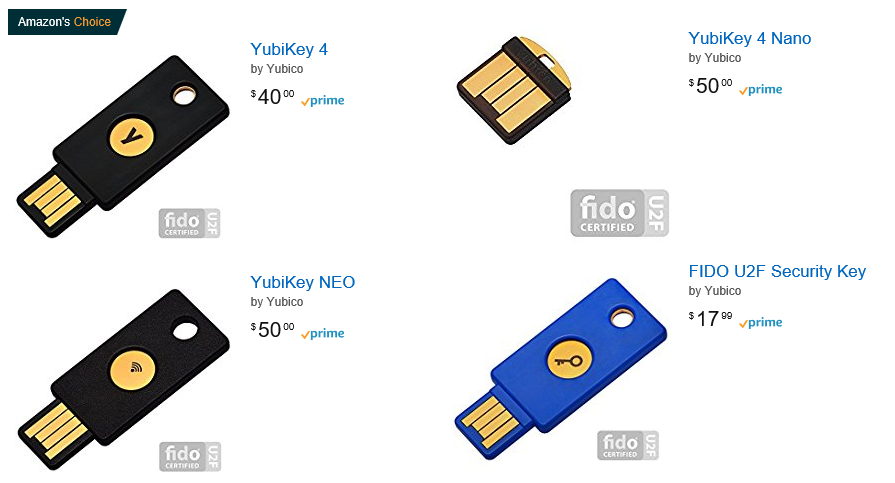
However, today I will focus on a more advanced authentication method and a handful of Password Managers that support it.

1) Log in using the Dashlane browser extension.6) Press Add a Security Key and give it a name.4) Press Next to confirm the 6-Digit Code.2) Select More Actions under My Profile.Setting the 1Password account to work with YubiKey.6) Register the second YubiKey as a backup.We’ve updated this post to reflect this.DISCLOSURE: THIS POST MAY CONTAIN AFFILIATE LINKS, MEANING I GET A COMMISSION IF YOU DECIDE TO MAKE A PURCHASE THROUGH MY LINKS, AT NO COST TO YOU. It’s only available to paying users, however.

Update: Dashlane mistakenly told us that YubiKey support would be available for both free and paying customers. Then, whenever you need to log into the service in the future, you simply enter your password, plug in your YubiKey when prompted, tap it and you’re good to go. To get started, you simply walk through the setup process until you’re asked to plug in your key and set it up. Using a YubiKey with Dashlane is very similar to using it with any other service. Dashlane, on the other hand, uses the more modern Universal 2 nd Factor (U2F) authentication protocol.

It’s worth noting that Dashlane competitor LastPass also supports YubiKeys, but you have to be a paying user to be able to use this feature, and LastPass uses the older OTP protocol. With this, Dashlane joins companies like Google, Dropbox and GitHub in supporting YubiKeys for their consumer-facing applications. If you are a paying Dashlane user, you can keep your passwords a bit safer because the service now supports Yubico’s YubiKeys. Using password managers like Dashlane or LastPass is probably one of the best ways to stay safe on the Internet (because you really don’t want to recycle your passwords), but when your password manager itself is only protected by a basic password, you set yourself up for problems.


 0 kommentar(er)
0 kommentar(er)
